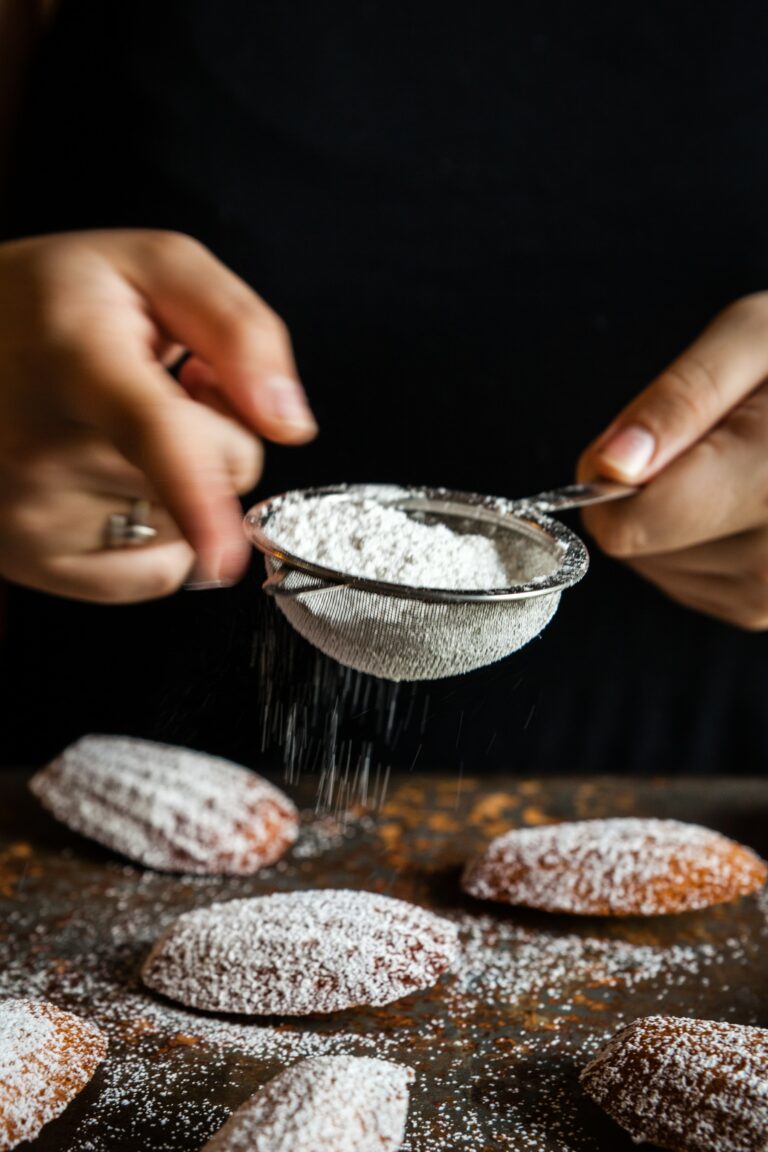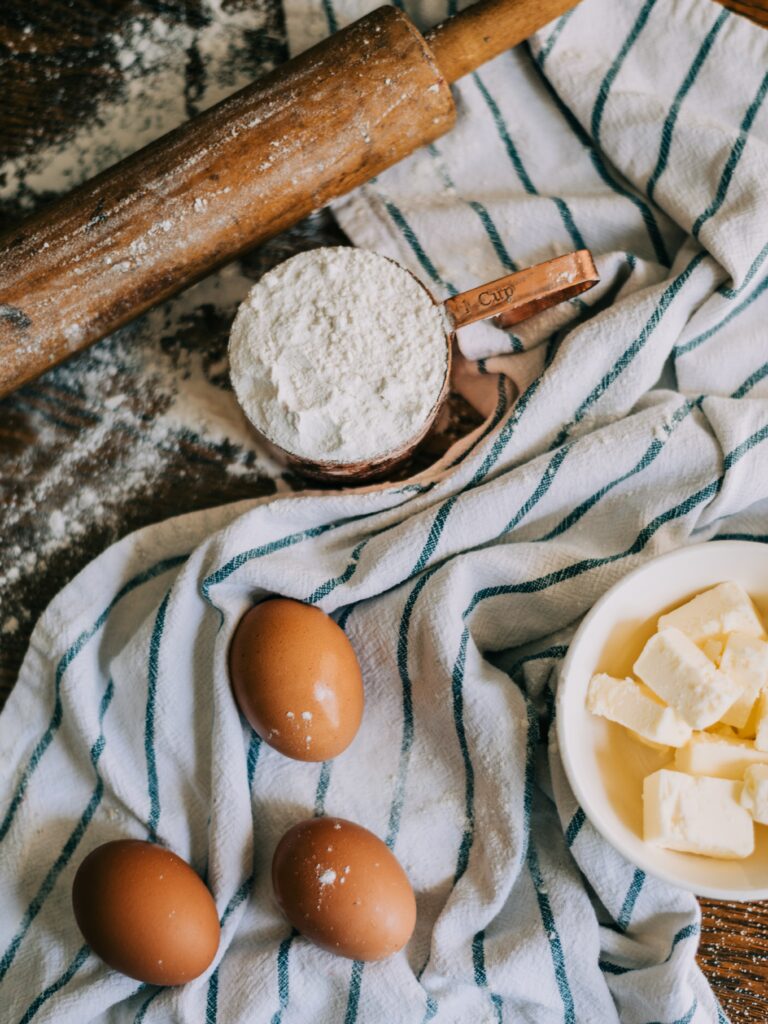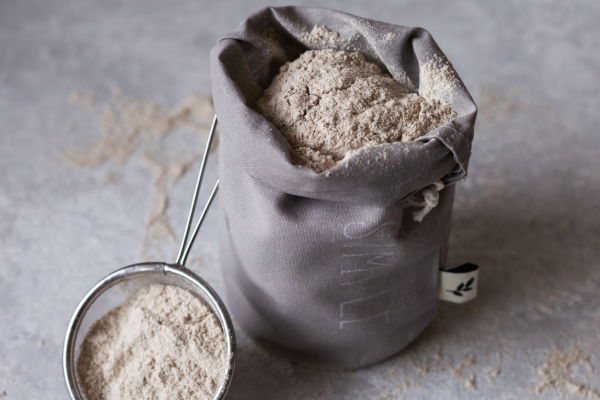When it comes to the world of culinary arts and baking, few ingredients have stood the test of time quite like wheat flour. Flour, often referred to as the backbone of many recipes, plays an integral role in everything from fluffy cakes and crusty bread to tender pasta and crispy fried treats. In this article, we will explore the rich history, varieties, uses, and nutritional aspects of wheat flour, shedding light on why it remains an indispensable ingredient in kitchens around the world.


The Wheat Flour Saga: A Historical Perspective
For thousands of years, wheat flour has served as a cornerstone of human diets. Ancient civilizations in Mesopotamia cultivated wheat and used rudimentary tools to grind it into flour. As societies advanced, they refined milling techniques, producing finer and more adaptable flour.
The Roman Empire experienced significant progress in milling technology, leading to a wider range of flour varieties and qualities. During the Middle Ages, watermills and windmills played a pivotal role in revolutionizing the milling industry. Flour became a vital trade commodity, and the knowledge of its production and properties spread throughout Europe.
The Flour Spectrum: Types and Varieties
A variety of wheat flour types offer unique characteristics, including:
- All-Purpose Flour: A versatile blend of hard and soft wheat suitable for cakes, cookies, bread, and pastries.
- Bread Flour: Specifically crafted for yeast-based bread making, it’s high in protein (gluten) for structure and rise.
- Cake Flour: With lower protein content, it produces tender crumb textures, ideal for delicate cakes and pastries.
- Whole Wheat Flour: Retains more nutrients and fiber from the entire wheat kernel, making it a nutritious choice for hearty baked goods and bread.
- Durum Wheat Flour: High gluten content and a yellow hue make it ideal for pasta production.
- Semolina Flour: Coarser texture, often used in pasta and desserts like puddings.
- Self-Rising Flour: Conveniently pre-mixed with leavening agents like baking powder and salt, perfect for quick bread and biscuits.
The Culinary Chameleon in the Kitchen
Wheat flour finds incredibly diverse culinary applications across various cuisines and culinary traditions. Here are some of its primary uses:
-
Baking: Flour serves as the foundational ingredient in baking, imparting structure and texture to cakes, cookies, muffins, and bread. The choice of flour type significantly influences the final product, with cake flour yielding tender cakes and bread flour producing crusty artisan loaves.
-
Thickening Agent: Flour commonly acts as a thickening agent in gravies, sauces, and soups. When heated and combined with liquid, it forms a paste that thickens the mixture. Roux, a blend of flour and fat, serves as the base for many classic sauces like béchamel and gravy.
-
Breading and Coating: Flour plays a pivotal role in creating crispy coatings for fried foods. Whether you’re preparing fried chicken or tempura, a flour-based batter provides a satisfyingly crunchy texture when fried.
-
Pasta Making: Wheat flour serves as the primary ingredient in pasta dough, contributing to its structure and chewy texture. Various types of wheat flour, such as durum or semolina, are utilized in pasta production.
-
Doughs and Pastries: From crafting flaky pie crusts to delicate pastries, wheat flour is the essential element for achieving tender, layered, and crispy textures in various doughs.
Nutritional Aspects of Wheat Flour
While this flour serves as a culinary powerhouse, it also provides essential nutrients. It serves as a source of complex carbohydrates, which the body primarily relies on for energy. Whole wheat flour, in particular, boasts a high content of dietary fiber, promoting digestion and maintaining stable blood sugar levels.
Furthermore, wheat flour contains vital B vitamins like thiamine, riboflavin, and niacin, contributing to overall health. It also offers a supply of minerals such as iron, magnesium, and zinc.
However, it’s crucial to acknowledge that refined wheat flour undergoes processing that eliminates the bran and germ, consequently reducing some of these nutrients. This underscores the recommendation for whole wheat flour, which encompasses all parts of the wheat kernel and is prized for its superior nutritional value.

Conclusion: Flour's Timeless Legacy
Wheat flour’s enduring presence in kitchens worldwide stands as a testament to its remarkable versatility and significance. From ancient civilizations to contemporary gastronomy, this unassuming ingredient has evolved and adjusted to the ever-changing culinary world. Its capacity to metamorphose into an extensive range of textures and flavors continues to spark inspiration among chefs and home cooks, solidifying its irreplaceable role in the realm of food. Whether you’re crafting a delicate pastry or a hearty loaf of bread, wheat flour remains the true unsung hero of the culinary world, providing structure, substance, and satisfaction to countless dishes.
